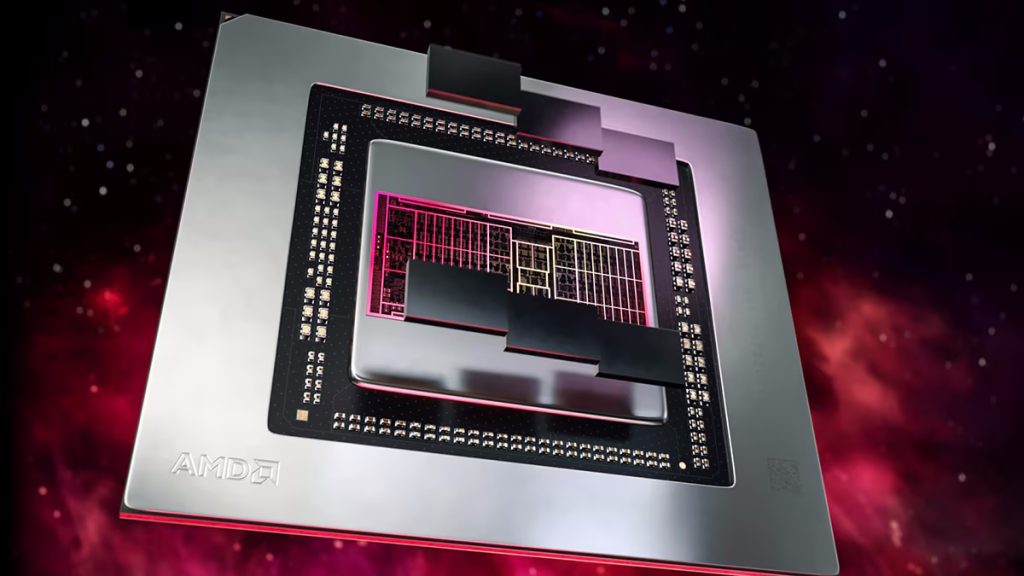PlayStation 6 and next-gen Xbox to use same AMD GPU architecture

The whispers surrounding AMD’s next-generation graphics architecture are picking up. While definitive branding remains unknown, with names like UDNA and RDNA 5 still circulating, it’s becoming increasingly evident that this architecture represents a significant leap for discrete graphics cards and the semi-custom chips targeting the next-generation game consoles.
Kepler_L2 (via Wccftech) has offered a fresh update on the “UDNA” architecture. The leaker asserts that Sony’s PlayStation 6 and Microsoft’s next-generation Xbox will use this new architecture. This aligns with previous confirmations from Microsoft regarding their intent to utilise the Navi 4 successor in the upcoming Xbox and underscores the recently announced multi-year agreement between AMD and Microsoft for future gaming hardware.

Kepler’s projections for UDNA’s performance are particularly interesting. He anticipates a 20% increase in traditional rasterisation performance but predicts more substantial gains for ray tracing and AI workloads, expecting about twice the performance. Since RDNA 4 already marked a significant improvement over RDNA 3 in these specific areas, RDNA 5/UDNA appears poised to push these capabilities further.
Finally, the leaker addressed a long-standing point of speculation, confirming that these new GPUs will not integrate a 3D V-Cache on the graphics side. While there haven’t been strong rumours to suggest otherwise, this clarifies that the large stacked cache, as seen in Ryzen CPUs, will not be a feature of AMD’s next-gen graphics processors.
KitGuru says: Seeing that both consoles are supposed to feature similar hardware, it seems the difference between these two will once again lie in the software and games. If that’s the case, Xbox might have to reinvent itself again, as its current strategy for consoles isn’t working as expected.












